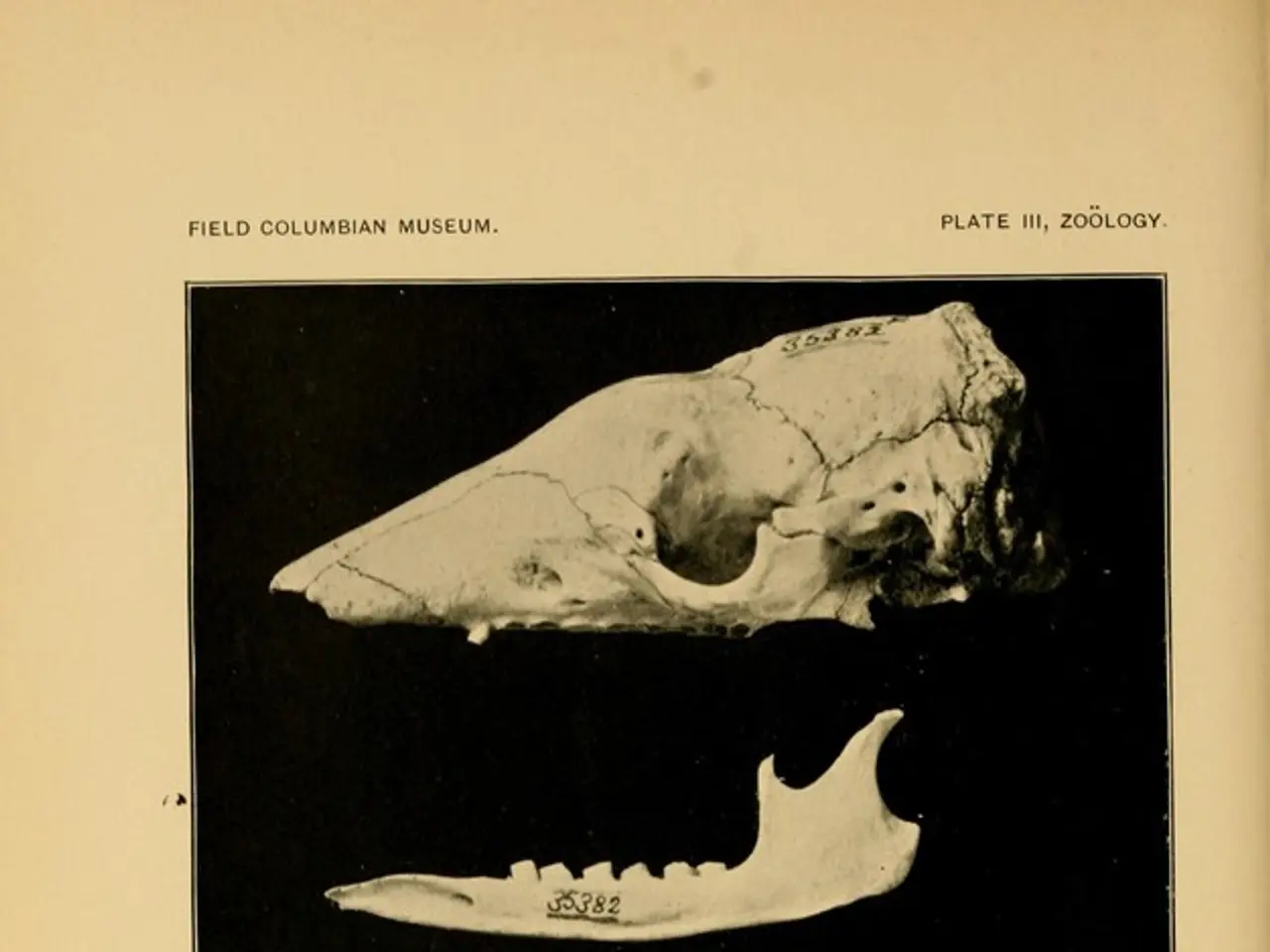Severe Neck Injuries: The Dangers of Inferior Thyroid Vein Rupture
Severe anterior neck injuries can lead to significant bleeding due to the rupture or tearing of the inferior thyroid vein and its associated veins. This complex network of veins, including the venous plexus, plays a crucial role in draining blood from the thyroid gland.
The thyroid gland, situated at the front of the neck, is responsible for regulating energy production, hormone response, and protein creation. It is highly vascular, with a substantial amount of blood circulating through both veins and arteries. The venous plexus, positioned in front of the trachea (windpipe), is particularly vulnerable to rupture or breakage in cases of severe neck trauma. The inferior thyroid vein, a key part of this venous plexus, carries deoxygenated blood away from the thyroid gland towards the heart. Surgical procedures involving the trachea require extreme caution to prevent injury to this vital vein.
Understanding the intricate network of veins, particularly the inferior thyroid vein and the venous plexus, is vital for managing severe neck injuries and performing delicate surgical procedures in the area. The thyroid gland's role in regulating vital bodily functions underscores the importance of protecting this highly vascular organ.
Read also:
- FDA's Generic Mifepristone Approval Sparks Pro-Life Concerns Over Safety and States' Rights
- Understanding Child Development: Causes and Signs of Delays
- Pope Francis' New Book 'Let Us Dream' Offers Unity and Hope for Post-Covid World
- Stephanie Estremera Gonzalez: From Medical Assistant to Residential Manager at The Point/Arc







